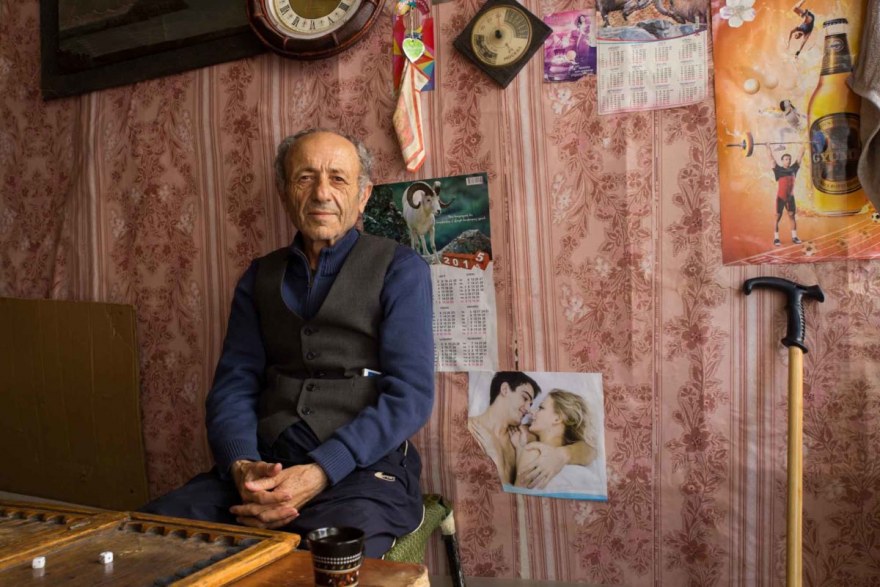Tea time with District 16, 16 Floors, 16 People
An interview with Tatevik Vardanyan, director of District 16, 16 Floors, 16 People
What gave you the idea to focus on this particular district in Yerevan?
My country is small and accordingly all the cities, including the capital Yerevan, are small. The advantage of living in a small city is that you get to know it very well. If you ask me, I always knew there was a story about these buildings, but I don’t know when and who told me, it’s as if I always had that information with me. I was photographing soviet residential buildings and was fascinated with these structures. When I thought of my first film I was sure it needed to tell the story of the people from these buildings that they call home. The story of CCCP was so unbelievable for me that I thought I should go with this district. I grew up in a soviet residential building myself and I experienced many things that are spoken about in the film.
How did you find the people to interview? Did you find that most residents were happy to speak to you?
The hardest but at the same time most exciting part was finding people. There were two ways I looked for people, the first was asking around if anyone lives in the district or knows someone who does and asking to put us in contact. The second way was traditional – going there, wandering around and approaching people just like that and asking to interview them. It seems crazy but both ways worked. Most people are happy to talk but not for the camera. I remember even having Easter lunch with one of the families from the district with my cameraman Vahe, spent hours with them but in the end they said they didn’t want to be filmed.
A lot of what they say about living in old tower blocks resonates with many residents of these buildings around the world. Did you consider that the film might have a universal appeal?
It is indeed common issues that residents start experiencing after years living in similar style buildings. I can imagine that in many cities around the world, people will watch and feel the same way. Which makes me happy as it is important that they can be heard. It also enables them to have a personal connection to the stories being told.
What do you think of the residents’ different opinions and thoughts about the Soviet period?
This is a tricky question. I was born right before the soviet collapse and experienced a childhood within a struggling newly independent country. It was difficult to edit opinions between generations as I always remembered my father and grandfather having the same arguments as well. I think each resident shared their own experience with me and tried to be honest about how they feel about the past and the present.
Are you keen to work on more documentaries? Or try your hand at fiction?
I would love to work on both. For now, more documentaries I hope, as I have ideas for new documentaries and I am already shooting another short which will be more personal, as it includes my home and my family. In the future, I would love to try making a short fiction film and build up my experience.
Would you say that the short film format has given you any particular freedom?
I personally think it does give freedom of choice on the subject but it’s much harder to edit a short film than a feature. However, with experience, one learns what to shoot and already has a plan for the edit.
District, 16 Floors, 16 People was shown in International Competition.








